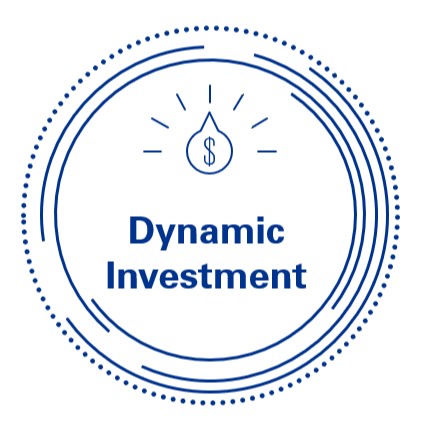Dynamic investment in IT
Creating the financial connection between IT spend and business value

In a market speed operating model, businesses can rapidly pivot, seize new opportunities, quickly exit poorly performing investments, and de-risk large initiatives. For the IT organization to run at speed, re-engineering the finance and funding process is one of the most significant areas of focus.
Watch this video and read on to understand the importance of adjusting financial policies to demonstrate the connection between IT spend and business value.

Traditional technology funding methods can no longer support today’s organizations who need to quickly adapt—at scale and speed—to changing market conditions.
Money talks: Money will always drive financial decisions across every level of the organization.
Decentralized control: Funding of technology is increasingly outside of the traditional IT organization.
Accounting rules: Current accounting treatment of technology is actually reducing CapEx opportunities.

Investing in technology is changing and influencing how IT capabilities are delivered. Dynamic investment:
- incorporates more frequent reviews and the permission to change direction
- requires an “all-in” approach to changing financial methods
- entails a decision by the financial organization to do things differently
- enables dynamism in how and where financial resources are allocated.
The solution
The principles of Dynamic Investment are specifically related to the finance elements of the IT. Streamlining decision-making, applying different accounting treatments and practices to new technologies and ways of working, and reimagining the planning, budgeting, and forecasting cycle.
Digital leaders have transformed in key areas around finance and accounting:
- replace budgeting with dynamic funding
- implement product financial management
- change funding governance
- adopt leaner business cases
- update capitalization policies
- evolve financial analytics.
The KPMG approach
Wherever your organization is in its understanding of dynamic investment, KPMG can help you assess and transform the value technology funding within your business.
1
Current state assessment
Current-state funding model assessment, including stakeholders of both corporate finance and technology portfolio planning
2
Dynamic funding model design
Deliver tailored learning experiences in the flow of work, new learning pathways, and experiential designDesign and implementation of the MVP of a dynamic funding model and facilitating dry-run of new and incremental investments
3
Business case
Design of new business case templates and the financial measures of the associated value taxonomy
4
Accounting policy review
Accounting policy review and facilitate a proof-of-concept for new capitalization methods
5
TBM model design
Design and implement a product total cost of ownership Technology Business Management model
KPMG is here to help.
The hardest part is often knowing where to start, but as good a place as any is asking yourself some critical questions:
- Is your organization currently innovating and developing capabilities that are having a hard time getting funded or measuring the value?
- Do you understand the implications of funding and accounting in an agile, cloud-native environment?
- Do you have transparency to the connection of IT costs and the business outcomes they are influencing?
Dive into our thinking:
Dynamic investment
Creating the financial connection between IT spend and business value
Download PDFExplore more
The future of IT
Enabling the delivery of products and services at market speed and scale.
Read moreMeet our team

